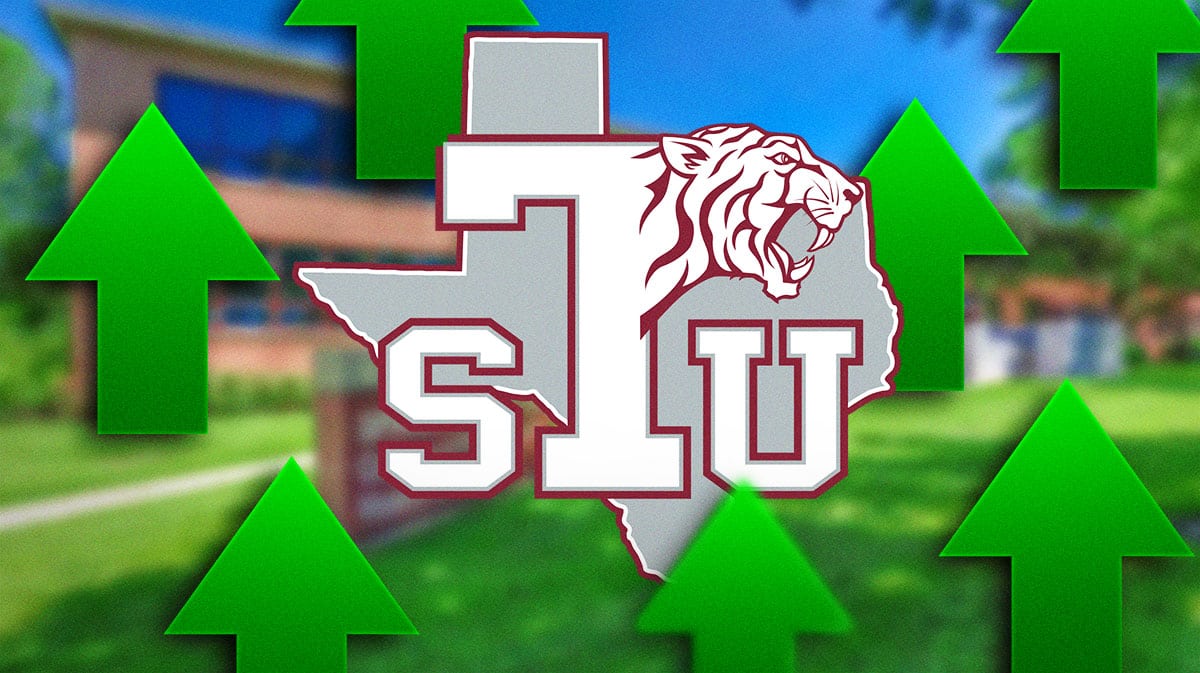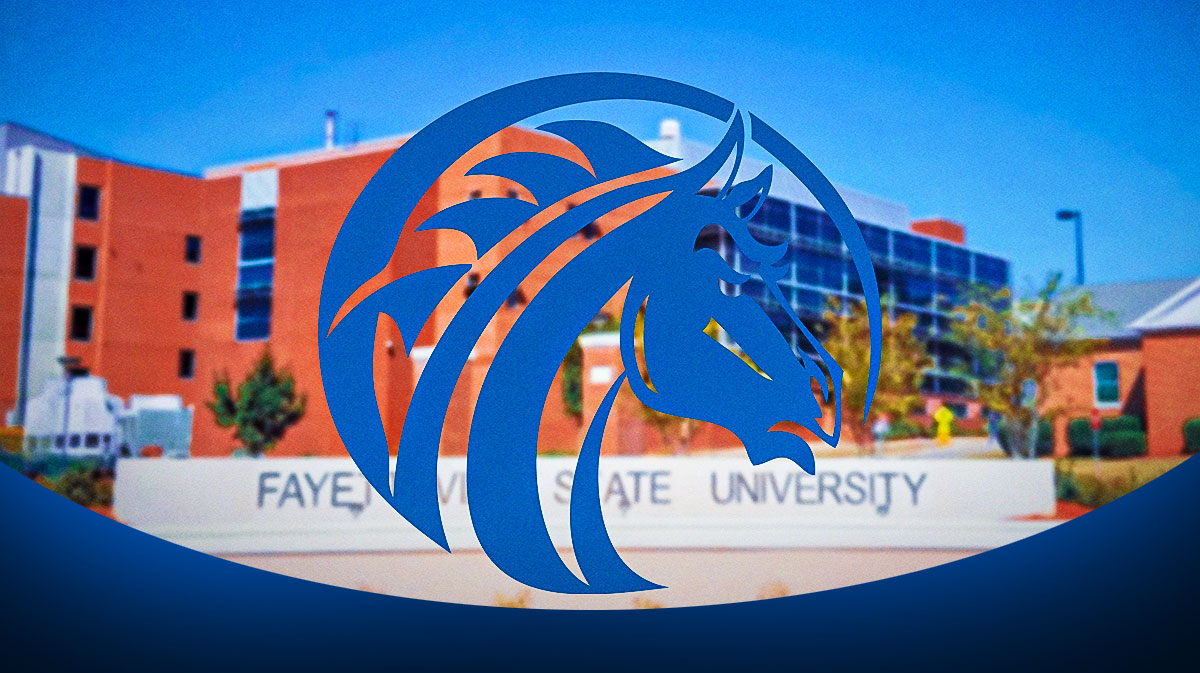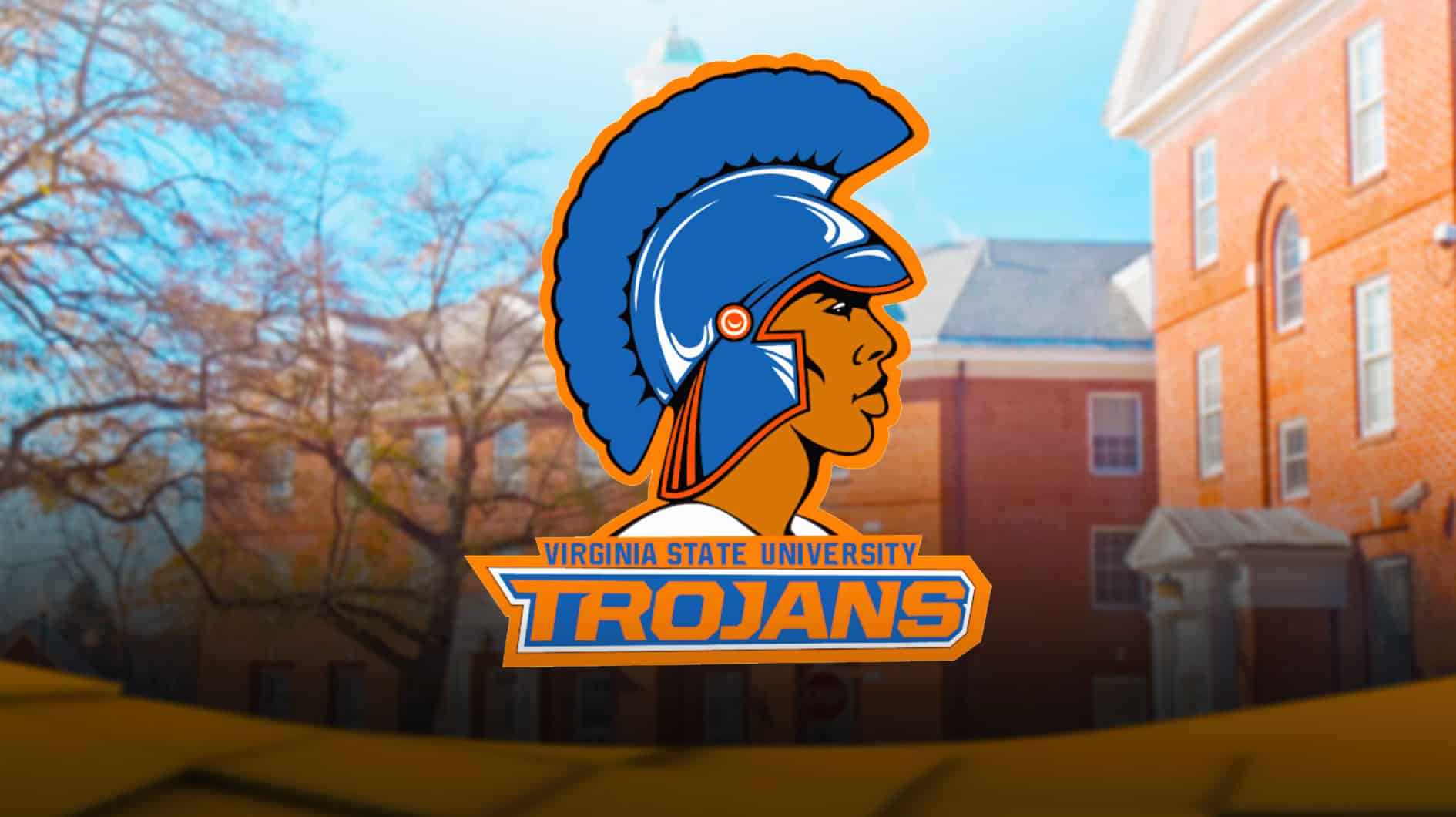Texas Southern University is on a roll, proving that resilience and innovation pay off. With a surge in student success rates post-COVID-19, the institution is not just bouncing back but setting new standards for academic excellence and student support. This follows the announcement made earlier this month by the TSU school board.
In recent years, Texas Southern University (TSU) has seen a big boost in graduation rates and a noticeable rise in the number of undergraduate degrees awarded. For students who started in the fall of 2020, the four-year graduation rate was expected to hit at least 17% by summer, the highest it has been recently.
The six-year graduation rate for students who started in 2018 went up to 21%, which is an increase of one percentage point from the year before. This improvement comes after a drop in enrollment due to the pandemic.
Located in Houston, the public institution has focused on improving its student success metrics, which had been among the lowest in the state. However, TSU faced challenges amid recent leadership changes. James Crawford III assumed the role of TSU’s 14th president in May, succeeding Dr. Lesia Crumpton-Young, who retired unexpectedly in 2023 after serving just two years.
Despite efforts to update the curriculum and implement new technologies, TSU’s graduation rates showed only modest improvement. Raijanel S. Crockem, associate vice president for institutional assessment, planning, and effectiveness, stated, “We were making changes in the curriculum, we’re leveraging technology, and seeing outcomes. We recognized that we were moving back in the right direction.”
An article by the Houston Chronicle shows that the graduation rate for students who started in 2014 dropped from 26% in 2021 to 20% in 2022. Although there has been some recovery since the pandemic, TSU’s rates are still below national averages (61%) and state averages (23%).
The university also faced challenges with its students, many of whom received federal Pell grants, which are often linked to lower graduation rates. Despite this, the number of undergraduate degrees given out rose from a high of 1,100 between fall 2018 and summer 2019 to 965 degrees between fall 2023 and spring 2024, with more still to be counted.
In 2022, the average time for graduates to complete their degrees was 5.3 years, slightly longer than at peer institutions. Although the 17% four-year graduation rate achieved this year was notable, Crockem cautioned that it might be an anomaly. The fall 2020 cohort, being smaller, had shown unusually high retention rates from the first to second year. Even if future larger cohorts maintained similar retention rates, their four-year graduation rates were expected to remain lower.
Texas Southern University is showing impressive progress, bouncing back strongly from pandemic challenges. Recent improvements in graduation rates and an increase in degrees awarded highlight the university’s commitment to student success.
The recent boost in the four-year graduation rate and the rise in degrees point to positive changes at TSU. With new leadership and efforts to update programs and technology, the university is making strides, though challenges remain.
The school board’s recent announcement reflects these achievements, showing that TSU is not just recovering but thriving. As the university moves forward, it will be important to keep building on these successes and continue supporting its students.





